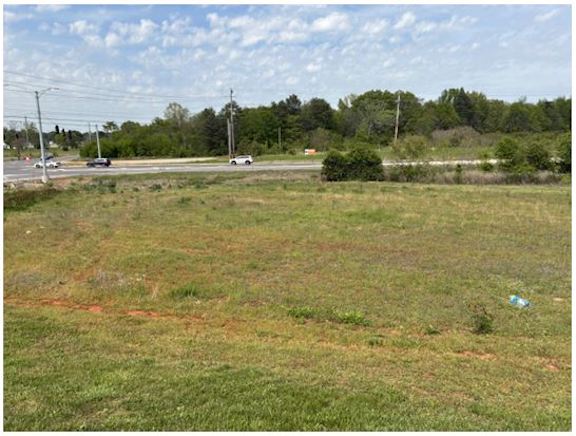HOME & GARDEN SPOT: Maintaining spring habitats for eastern bluebirds
Published 2:00 pm Wednesday, March 24, 2021

- Birdhouses are not only enjoyable for people, they also provide much needed shelter for bluebirds.
All across Alabama, the eastern bluebird’s striking color and soothing call make it a friendly visitor to backyards throughout every season.
“Bluebirds are considered harbingers of spring, and their willingness to nest in open, human modified habitats makes them popular among birder and non-birders alike,” Alabama Extension agent Lynn Dickinson said.
Trending
To keep the bluebirds visiting this spring, maintaining healthy, open habitats is the first step.
Identifying eastern bluebirds
In order to prepare proper habitats for these birds, it is important to know how identify them.
Male eastern bluebird
Overall, it is often hard to miss the bright blue color of the adult male’s body. In contrast to the bright blue exterior, the lower body is a yellowish-brown color. The belly is a stark white shade, while the breast is often a rust red.
The male has a fairly straight bill that is broader than it is deep at the base. Compared to its rather large head and short neck, the male has a long tail comprised of 12 broad, rounded feathers.
Trending
Female eastern bluebird
The general build of the adult female is similar to the male, although the female’s colors are not as vibrant.
Open habitats
Eastern bluebirds are social, family-oriented birds. Their habitats should emulate these characteristics as well. Bluebirds prefer an open habitat over a forested or dense bushy area.
Maintain open habitat conditions
Previous open habitats that have been without management for several years can quickly become unsuitable for bluebirds. As soon as any woody vegetation invades the site, it will become unfit for the birds.
Management for open spaces includes mowing grassy fields to prevent new woody growth.
“All vegetation management activities should be conducted late in the growing season to minimize the disturbance to bluebirds and other wildlife species using open habitats,” Dickinson said.
Providing perches in open habitats
While bluebirds do prefer open spaces, they need perches to hunt and display from. Natural perches are abundant along the edges of large open areas like clear-cuts, pastures and fields. However, the interiors of these open spaces often lack perches.
“Adding perch sites to open habitats with few existing perches can improve habitat quality,” Dickinson said. “Installing garden stakes, fence posts or tree limbs stuck into the ground make beneficial artificial perches to an open area.”
Nest boxes
Simple to make yet immensely valuable, building bluebird nest boxes is an enjoyable activity for people of all ages. These nest boxes increase the availability of suitable nest sites as well as cut down on the competition to find a suitable nesting spot.
To keep the birdwatching steady this spring, prepare and maintain the perfect habitat for eastern bluebirds. For more help or to ask questions, visit www.aces.edu or call 256-232-5510.
— Posted by Mary Leigh Oliver





